-
Alevin

Re: Blades
While the Tanto is a tough blade for chopping and puncturing, it is, at its heart, a blade purpose-built to be a weapon for cutting/stabbing through light armor. For most field use (city use, too), we'd be better served with thin, flat-ground blades made for easy slicing. Early explorers/pioneers/settlers used thin knives that would look a lot like a modern kitchen knife--for skinning and cutting up game, for preparing food, for a backup weapon. For me, the modern answer is one of several Swiss Army knives, but there are other choices.
If I needed an edged weapon, it might very well be a tanto, but it would be a fixed blade, not a folder, which is too short for a great stabbing/slashing weapon and too stout for the slicing tasks at which folders excel. I've owned a lot of folders of various designs, and flat-ground blades are thinner and slice better without binding in the cut than hollow-ground blades, which are, by necessity and design, thicker than needed for the cutting task--pretty grinds, though. In other words, if a hollow-ground blade isn't getting hung up in the cut, the blade is broader than it needed to be to get the job done--a smaller, lighter tool would have done the same job better.
For light chopping, a lightweight, cheap, very effective alternative is a short machete. I've watched native workers in Central America do amazing things with short machetes that cost a fraction of most knives we consider minimum quality for field work (most of them carried SAK's for regular pocketknife work, btw).
-CC
 Members who have read this thread: 0
Members who have read this thread: 0
There are no members to list at the moment.
 Posting Permissions
Posting Permissions
- You may not post new threads
- You may not post replies
- You may not post attachments
- You may not edit your posts
-
Forum Rules

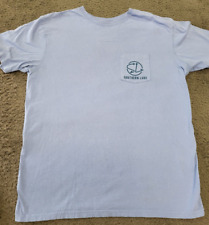
Southern Lure T-shirt Men's Large Jiggy fish logo blue
$6.88
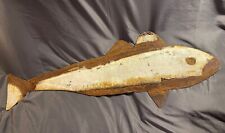
LARGE Vintage Nautical Folk Art Metal & Enamel Fish Bait Shop Salvage Trade Sign
$289.50
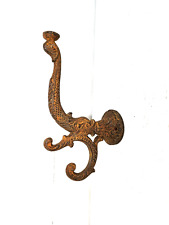
Rusty Cast Iron Koi Fish Coat Hook Farmhouse Entryway
$28.00

Handmade 27 1/2" Metal Handle & Large Fish Hook Gaffing Snagging Tool Drag Fish
$22.50
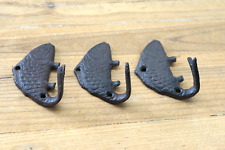
3 Fish Wall Hook Coat Hat Towel Beach Koi Hooks 3 3/4" Rustic Cast Iron Bath
$16.99
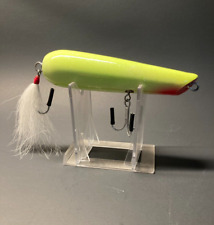
Fishing Lure Custom Pencil Popper Made in USA #23
$22.99
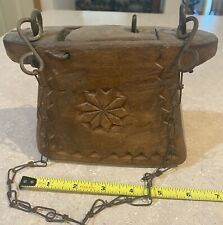
ANTIQUE NORWEGIAN BAIT TACKLE WORM WOODEN BOX FISHING HAND CARVED NORWAY NORDIC
$399.99

10PCS/Set 9cm/12g Fishing Hard Bait Topwater Popper Lure Bass Crankbait Wobbler
$11.85
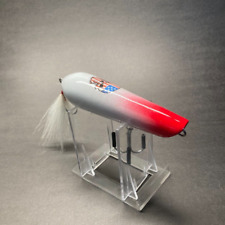
Fishing Lure Custom Pencil Popper Made in USA #83
$24.99
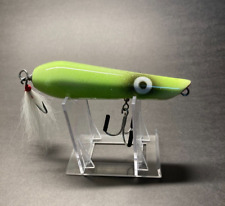
Fishing Lure Custom Pencil Popper Made in USA #84
$24.99





 Reply With Quote
Reply With Quote











Bookmarks